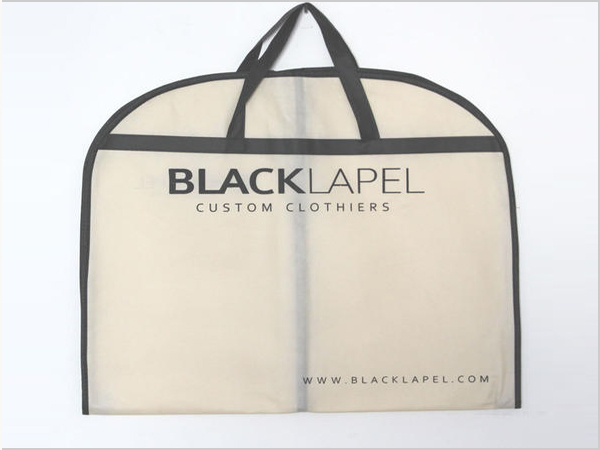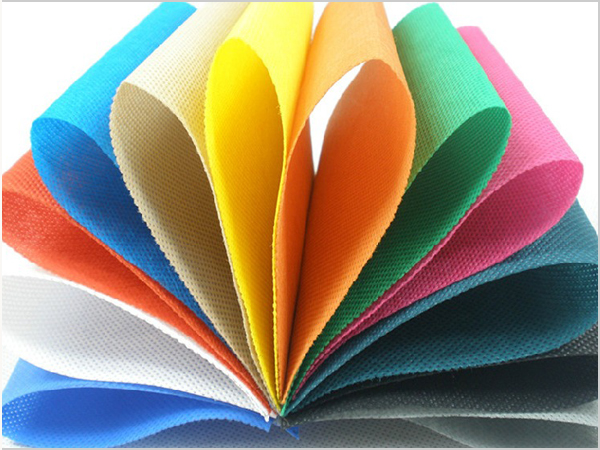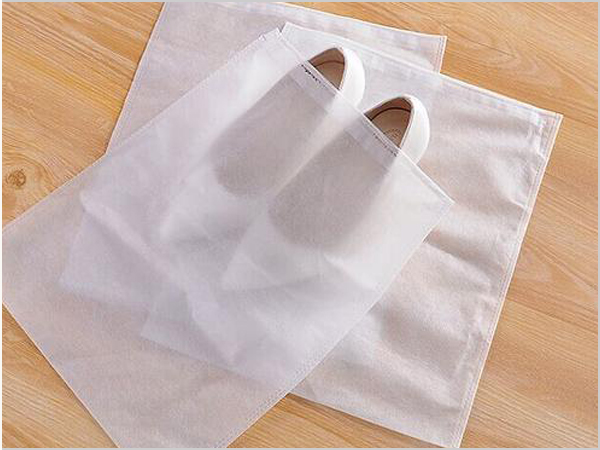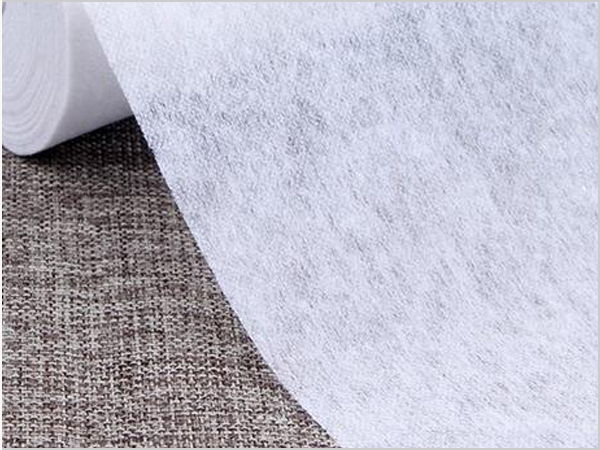- Why can spunbond nonwoven fabric dominate the market?
- Foreign trade exports are moving forward under pressure, with both resilience and challenges coexisting
- Explore the environmental protection characteristics and application fields of PP non-woven fabric
- The rise of the Latin American market is expected to become a new growth pole for China's textile foreign trade
- The production process of spunbond nonwoven fabric determines its unique characteristics!

- Telephone: 0551- 66779966
- Cellphone: 18955130444
- Email: 58792982@qq.com
- Address: Building 1-2, East of Wubu Village Section, Hehuai Road, Wushan Town, Changfeng County, Hefei City, Anhui Province
What are the characteristics of PPnon-woven fabrics
(1) Weather resistance: Non-woven fabrics are very sensitive to ultraviolet rays, and the addition of zinc oxide dilauryl thiopropionate, and milky white fillers similar to carbon black can improve its aging resistance.
(2) Physical properties: PPnon-woven fabric is a non-toxic, odorless, milky-white high-crystalline polymer. It is one of the lightest varieties of all plastics at present. It is particularly stable to water. The water absorption rate in water for 14 hours is only 0.01. %. The molecular weight is between 80,000 and 150,000, and the formability is good. However, due to the large shrinkage rate, the original wall products are easy to dent, the surface gloss of the products is good, and it is easy to color.
(3) Mechanical properties: PPnon-woven fabrics have high crystallinity and regular structure, so they have excellent mechanical properties, and their strength, hardness and elasticity are higher than those of high-density PE (HDPE). The outstanding feature is the bending fatigue resistance (7×10^7) times of opening and closing, and no damage marks. The dry friction coefficient is similar to that of nylon, but it is not as good as nylon under oil lubrication.
(4) Thermal properties: PPnon-woven fabrics have good heat resistance, the melting point is 164~170℃, and the products can be sterilized at temperatures above 100℃. Under the action of no external force, it will not deform at 150 °C. The embrittlement temperature is -35 °C, and embrittlement occurs below -35 °C, and the heat resistance is not as good as PE.
(5) Chemical stability: PP non-woven fabric has good chemical stability. In addition to being eroded by acid, it is relatively stable to other chemical reagents, but low molecular weight aliphatic hydrocarbons and aromatic hydrocarbons can make PP non-woven fabrics stable. The cloth softens and swells, and the chemical stability increases with the increase of crystallinity. Therefore, PP non-woven fabrics are suitable for making Russian-Chinese chemical pipelines and accessories, and have good anti-corrosion effects.
(6) Electrical properties: non-woven fabrics have excellent high-frequency insulation properties. Since it hardly absorbs water, the insulation properties are not affected by humidity, have a high dielectric coefficient, and can be used to make heat-resistant The electrical insulation products are also high in breakdown voltage, suitable for electrical accessories, etc. It has good resistance to voltage and arc, but has high static electricity, and it is easy to age when it is in contact with copper.
Anhui Xiangshuo Nonwovens Technology Co., Ltd. is located in Wushan Town, Changfeng County, Hefei, Anhui Province, close to Jiangsu, Zhejiang and Shanghai, with convenient transportation, covering an area of 42 acres. The company was established in July 2019 with a registered capital of 10 million yuan. Committed to the development and production of environmentally friendly non-woven consumables, it is an emerging production enterprise with complete equipment and strong technical force. It has been rated as a key investment attraction enterprise in Xinqiao Industrial Zone, Hefei City. The company currently has PP non-woven and polypropylene spunbond non-woven production lines, with a width of 1.8m-3.2m and a gram weight of 9-250g/m. The products are green and environmentally friendly products with the characteristics of flame retardant, anti-aging, anti-static, acid and alkali resistance, non-toxic, pollution-free and degradable. The main business scope of our company: research and development, production and sales of non-woven fabrics, non-woven products and new non-woven materials; manufacturing and sales of chemical fiber equipment and non-woven equipment; research and development, production and sales of plastic masterbatch functional masterbatch; outdoor R&D, production and sales of supplies; R&D, production and sales of PE woven tarpaulins, furniture covers, plastic nets, trash cans, and plastic greenhouses.
- Why can spunbond nonwoven fabric dominate the market?
- Foreign trade exports are moving forward under pressure, with both resilience and challeng
- Explore the environmental protection characteristics and application fields of PP non-wove
- The rise of the Latin American market is expected to become a new growth pole for China's
- The production process of spunbond nonwoven fabric determines its unique characteristics!
- The global trade landscape is undergoing significant changes in 2025
- The 11th China International Silk Conference was held in Shengze
- What are the core advantages of spunbond nonwoven fabric?
- What are the magical aspects of the manufacturing process of spunbond nonwoven fabric?
- The textile industry is enjoying dual policy benefits



